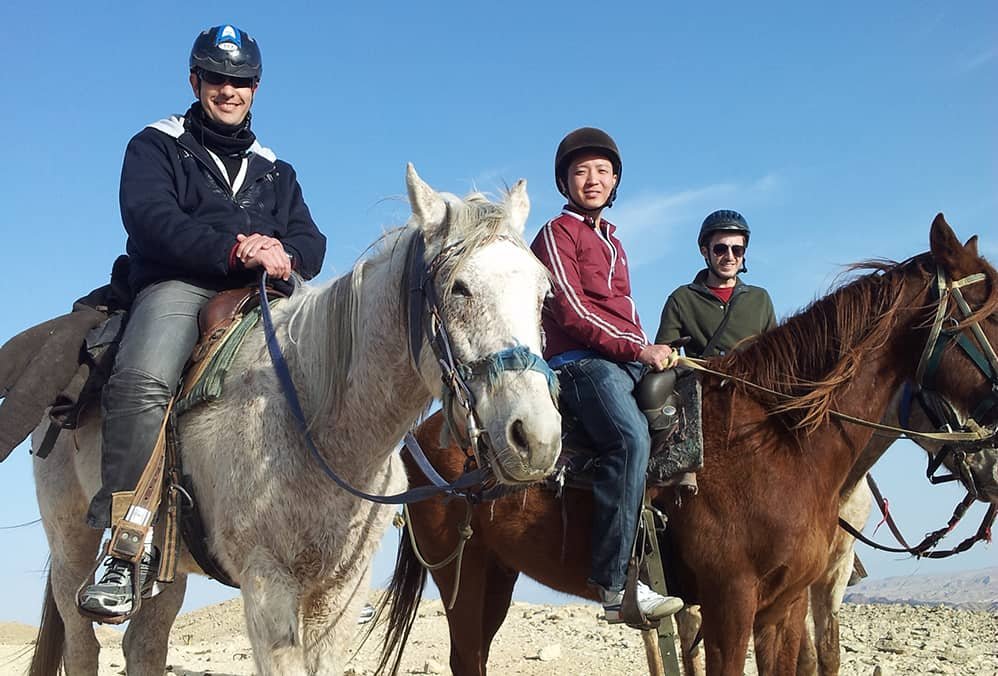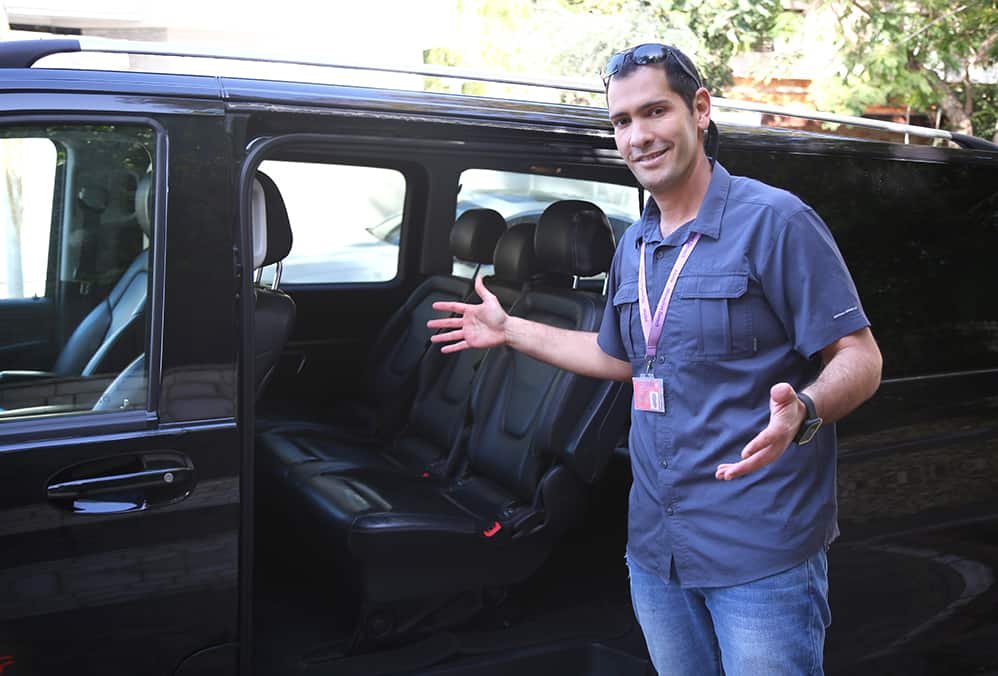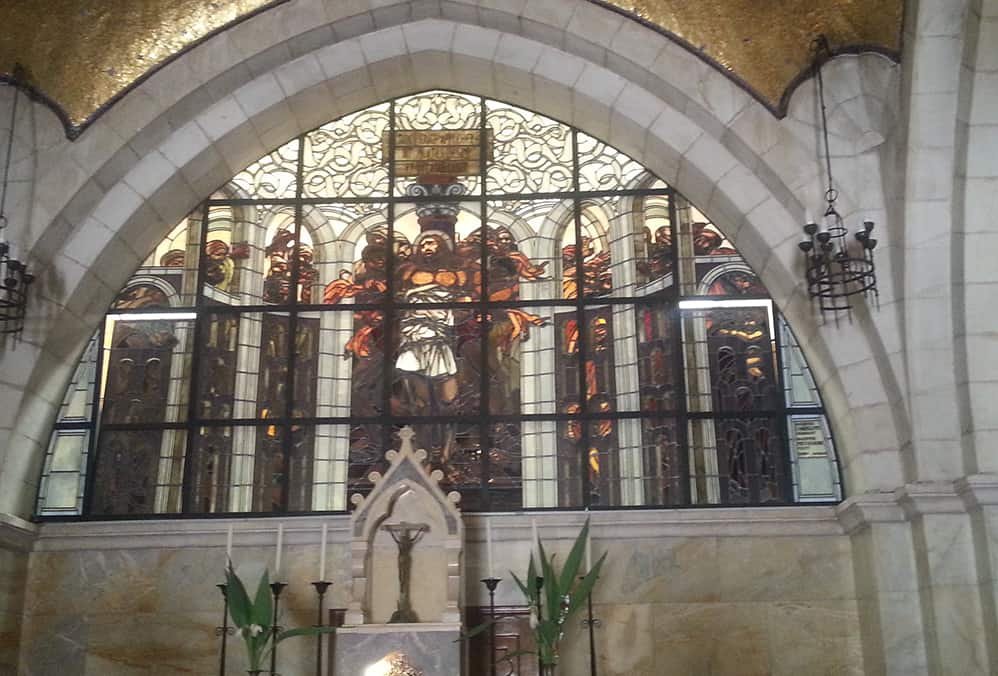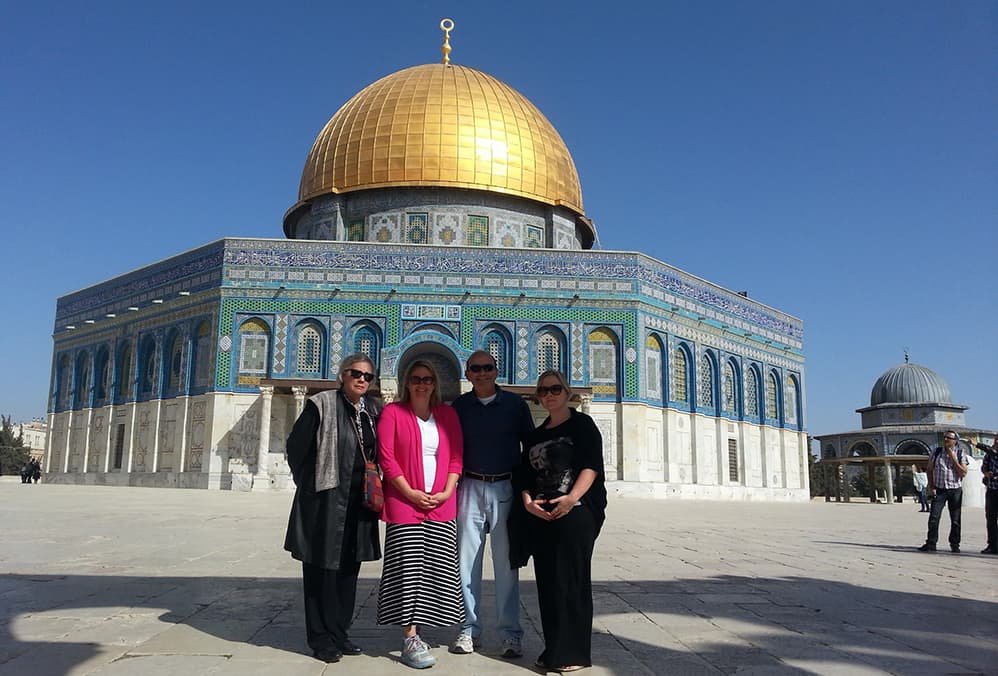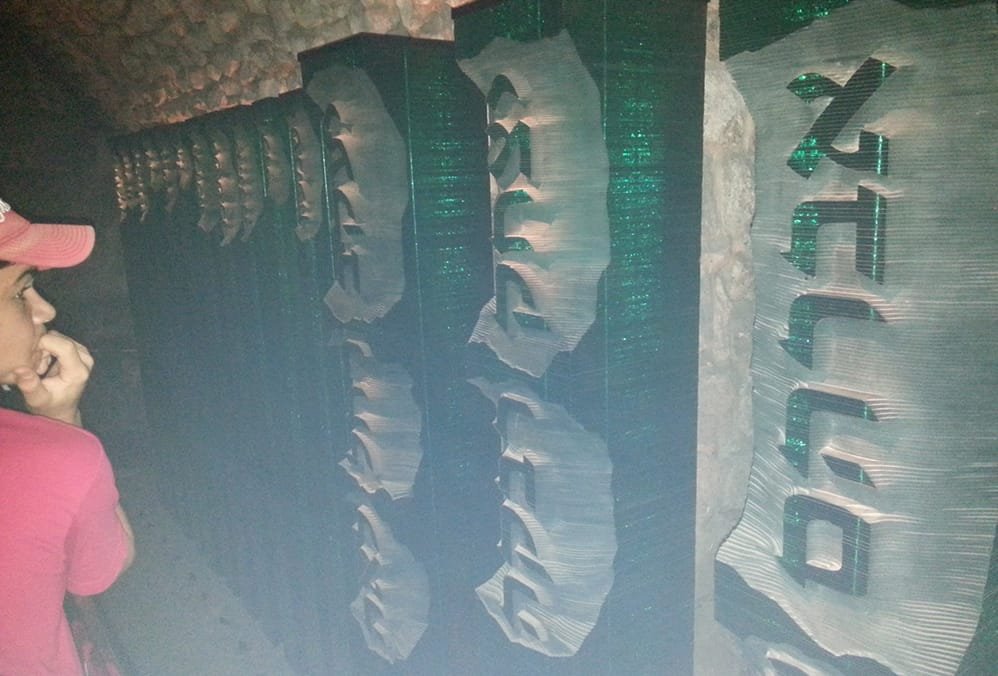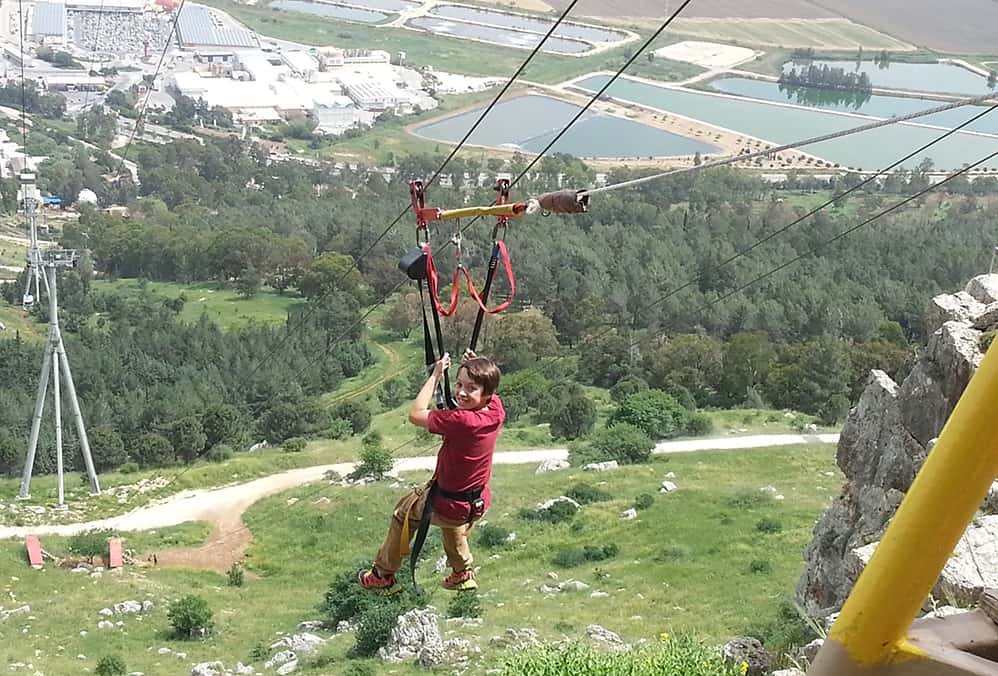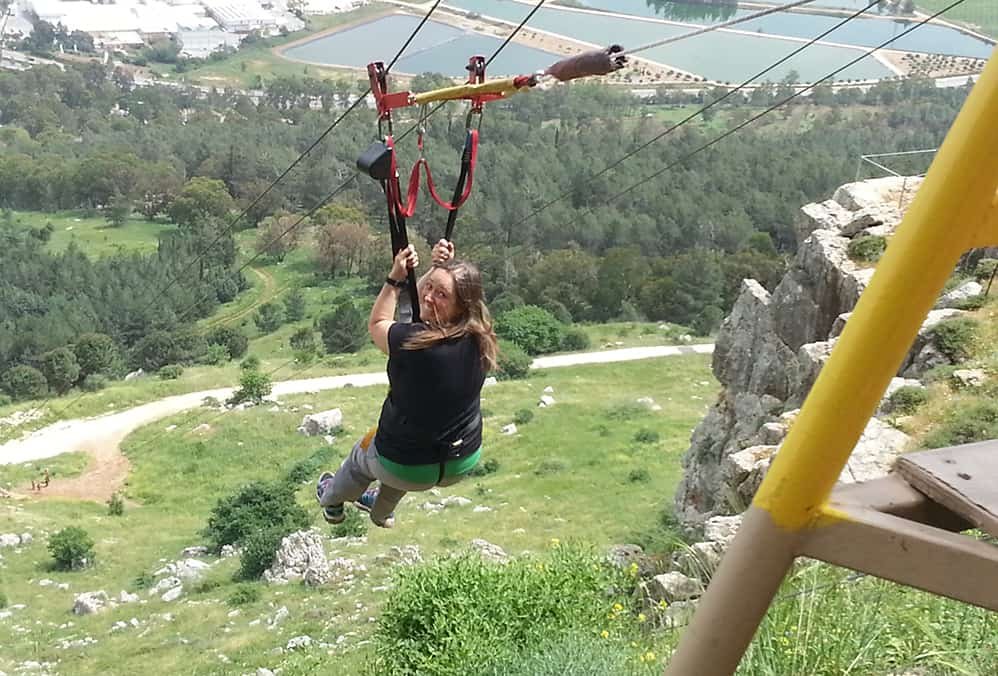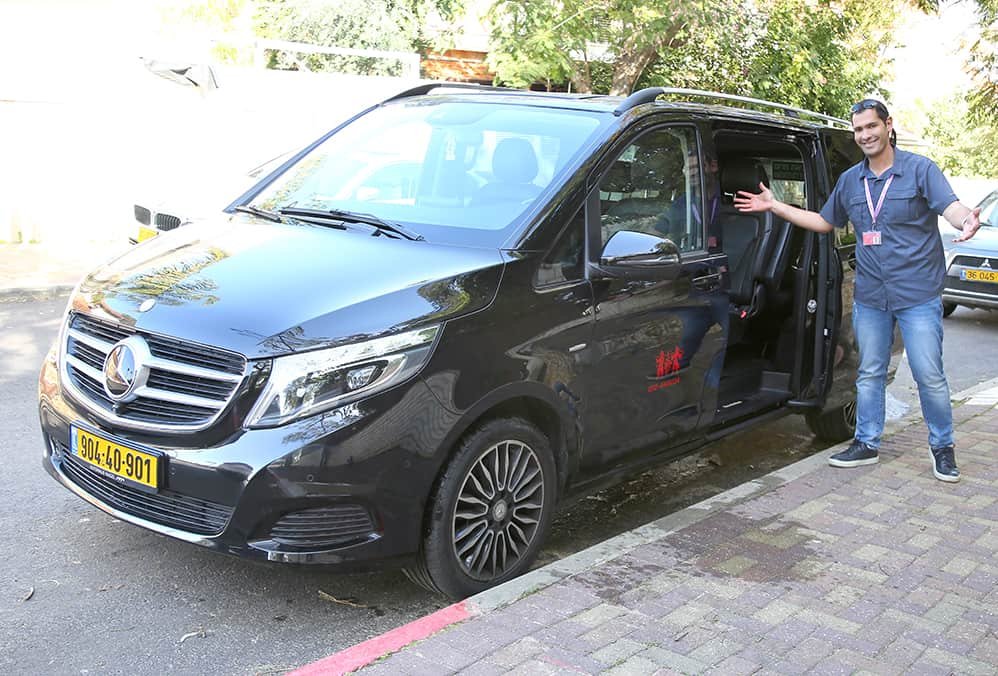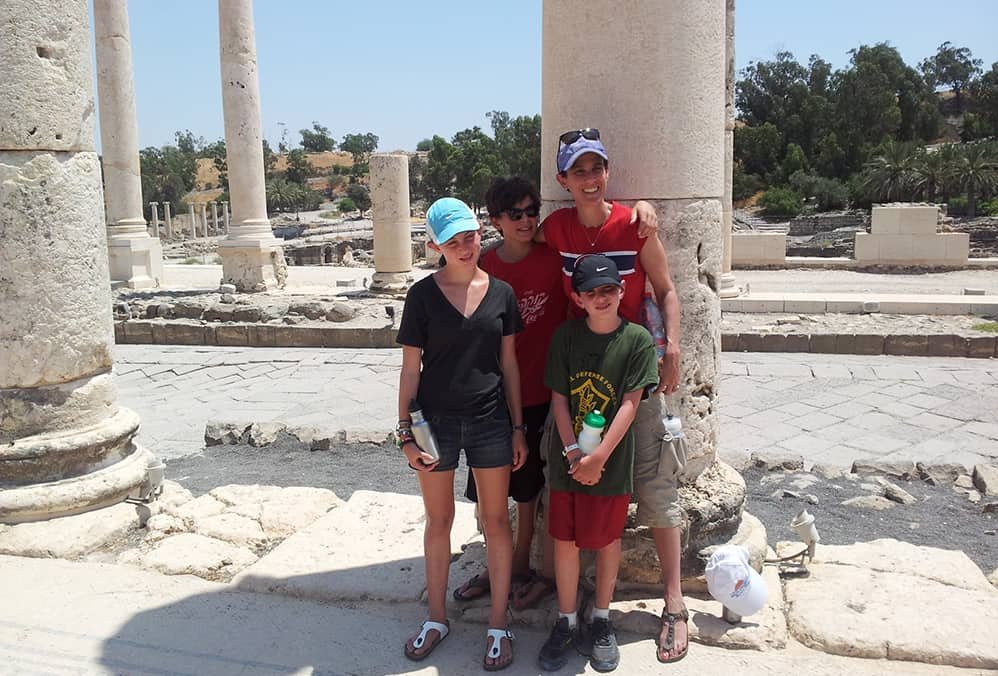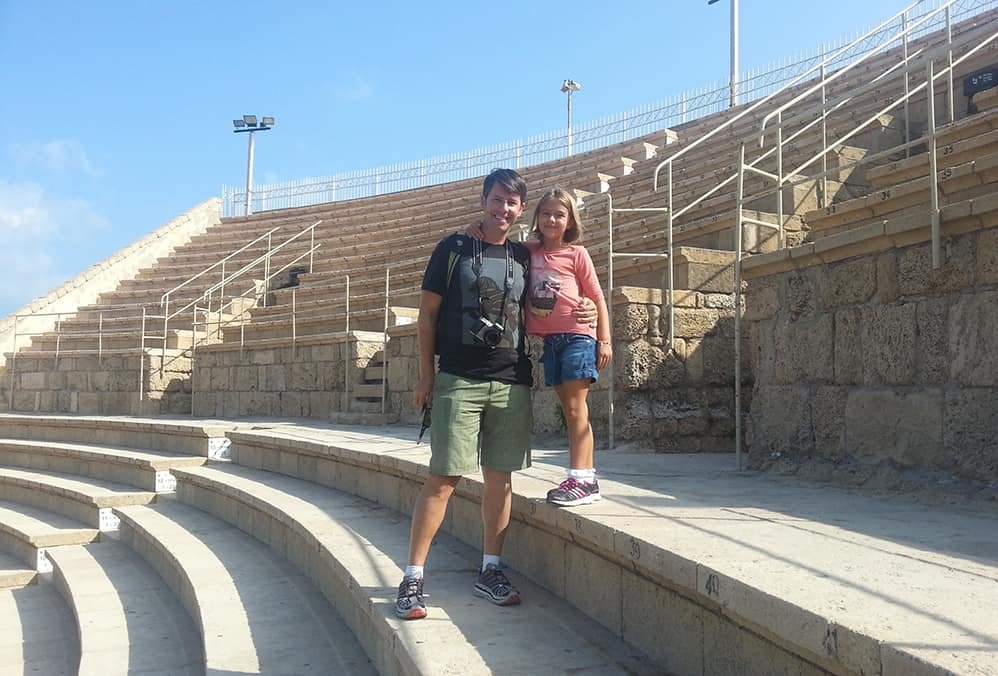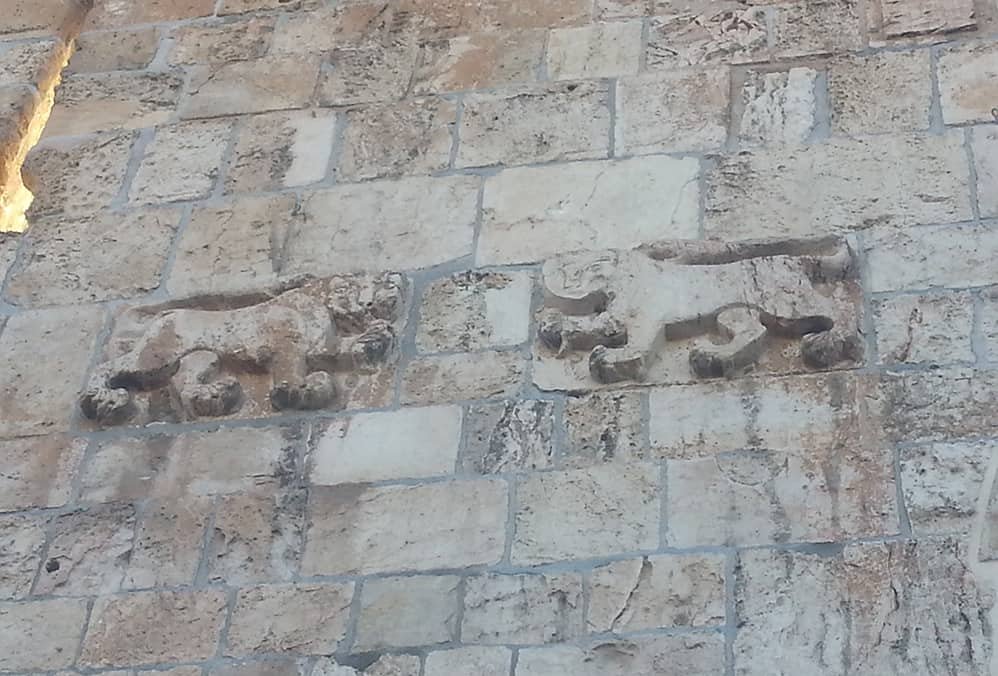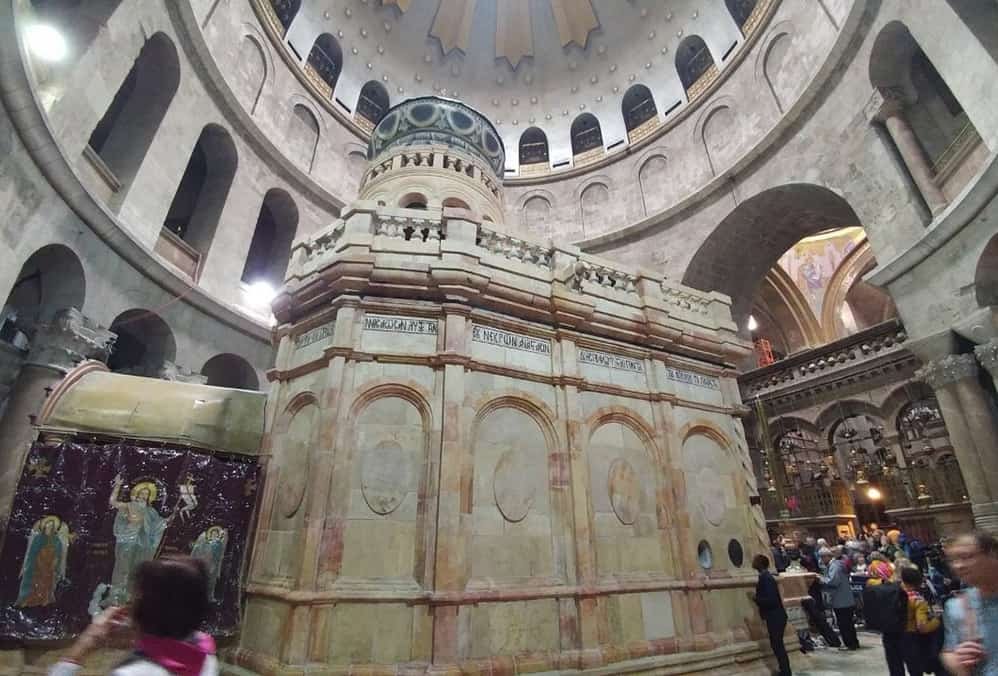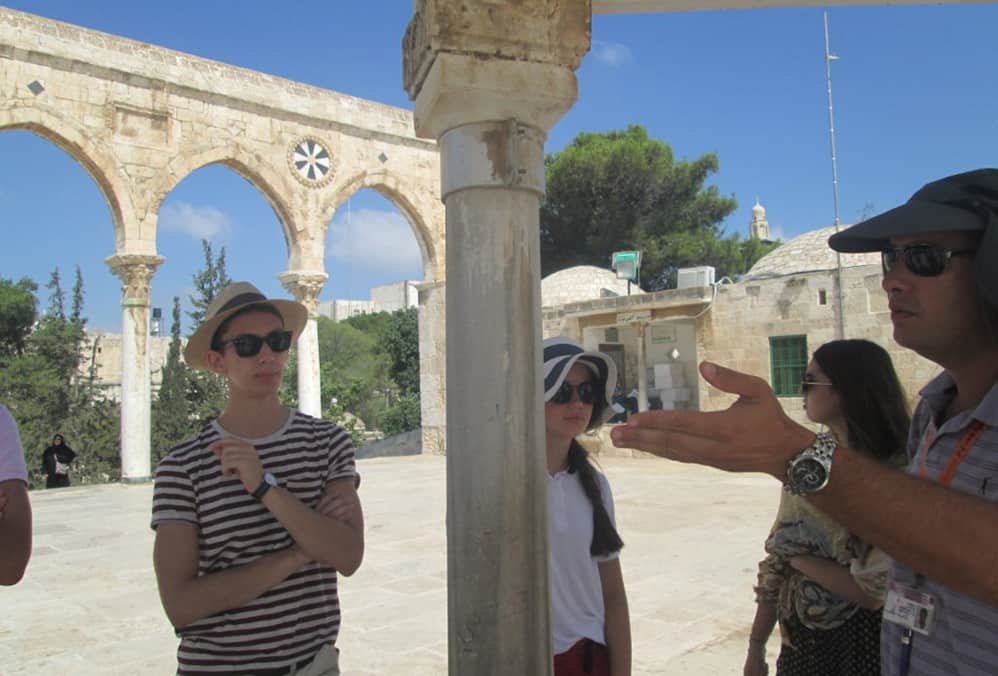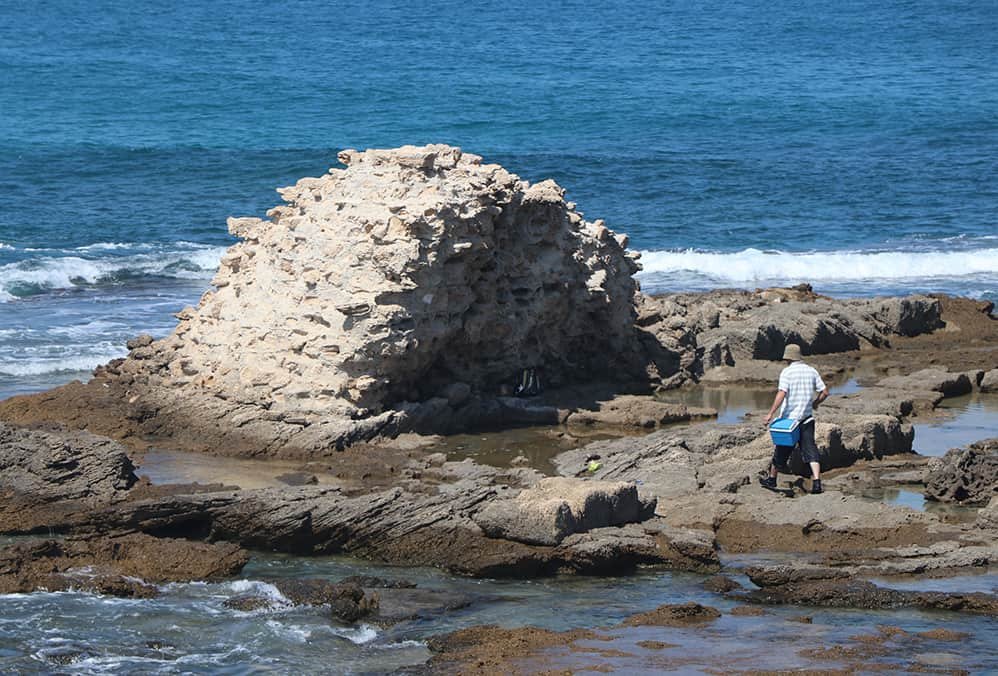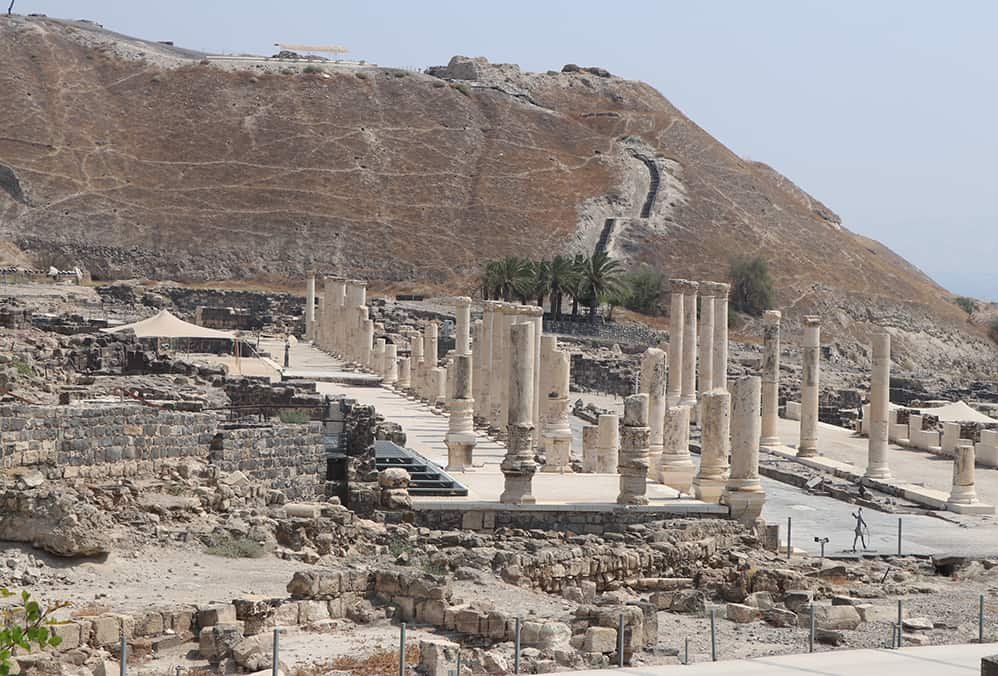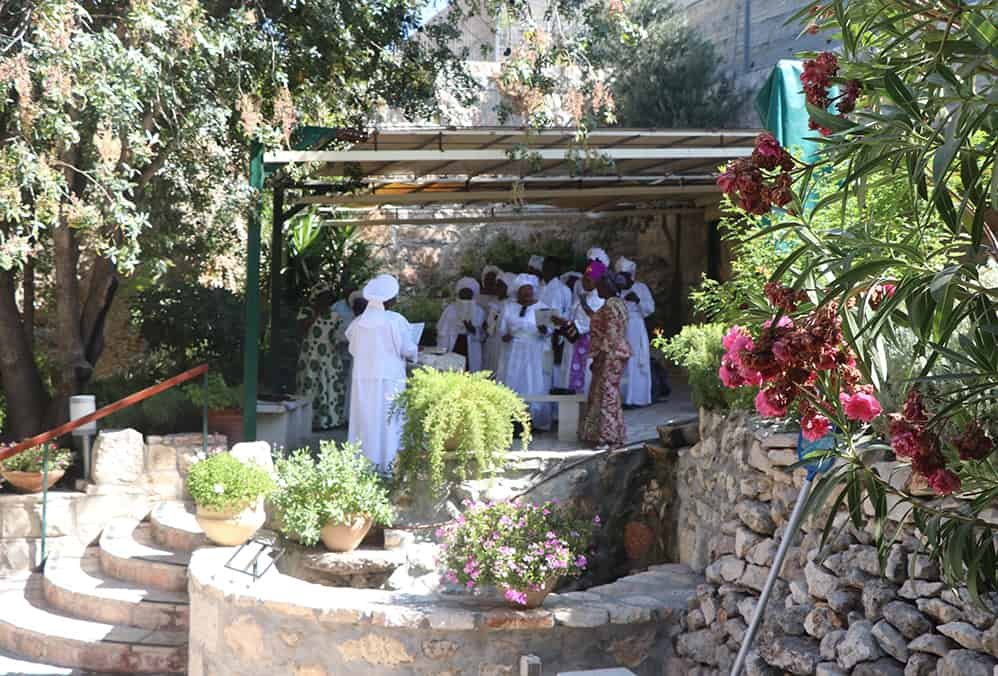

Our first day will begin with a visit to the port city of Jaffa. The day will start with a tour of the Old City, a tour of the ancient seaport, some time spent at the galleries and shops, a

nd a trip to the Visitor Center in the restored Old City.
From there we’ll continue our tour within Tel Aviv’s White City (declared a UNESCO World Heritage Site) to see the preservation of buildings in the style of Bauhaus architecture. One such building includes The Independence Hall, where David Ben-Gurion declared the independence of the State of Israel in 1948.
We shall pay a visit to some of the amazing museums that the city has to offer, such as the Tel Aviv Art Museum, the Palmah Museum, the Eretz Israel Museum, The Ayalon Institute (Rehovot) and the Diaspora Museum, among others.
We will have some free time around the intersection of King George & Sheinkin Street, which is famous for its fun shopping, dining, and people-watching–all within in a youthful atmosphere. Nearby, the open-air Carmel fruit and vegetable market will prove real a treat for all the senses.
On Tuesdays and Fridays, the Nahalat Binyamin market bursts into life with its stalls selling handicrafts of every type.
Our day will be scheduled to end in the Tel Aviv Port with some relaxing coffee and a luminous sunset over the Mediterranean.
Overnight: Tel Aviv.
Leaving Tel Aviv we’ll head in the northern direction towards our first stop of the day: Caesarea National Park.
The magnificent remains of Herod’s city, the Roman capital, port, and fortified Crusader town.
Together we’ll tour the Roman Theater, the hippodrome, and walk along the promenade to the renovated Caesarea port area.
From Caesarea we will continue to the UNESCO world heritage site Tel Megiddo.

(also known as Armageddon) is the biggest archeological hill in Israel, and considered to be, by many, the most interesting one of them all. The palace, the stables, the water system are all from within the last 7000 years.
Our next stop for the day is the third most populous city in Israel – Haifa.
In Haifa, and the Carmel Mount which the city is sitting on, we will see The Baha’i Shrine and Gardens – the second most sacred place in the world (after the shrine in Acre) for those of the Baha’i faith. Many say that these gardens are even more beautiful than those at Versaille.
The only thing that might be, slightly, better than the Gardens themselves is the breathtaking, panoramic view of both the city and the bay from the vantage point of Louis Promenade.
We’ll launch the third day with a visit to the UNESCO world heritage site of Acre.This city is filled with numerous points of interest: Crusaders halls, from the second period of the Crusades in the Holy Land, the tunnels, the halls, the quarter, and more. We’ll also see remnants from the Ottoman period within this city, all of which have survived from the 18th & 19th centuries. Even Napoleon Bonaparte paid a visit to the city and almost conquered it.
There’s also the Turkish Hamam and the spellbinding walk we’ll take in the underground Knights-Templars Tunnels from the 12th century.
Further destinations include the Oriental market, the old city, the Arab mosque and the old port.
If time permits, we will stop in the incredible Tunisian Synagogue.
After leaving Acre, we’ll make our way to Rosh Hanikra.
Waiting for us are the breathtaking limestone grottos, found on the border with Lebanon in the northern section of Israel (near the Mediterranean Sea).
Continuing on our journey, we’ll travel to the city of Tiberias, the historic resort town on the Sea of Galilee (Lake Kinneret), and one of Israel’s traditional “four holy cities.”
This day will be dedicated to the amazing Golan Heights, one of the most incredible areas in Israel, rich in both history and greenery. We’ll start at Tel Dan, and archeological site preserving the town Laish, 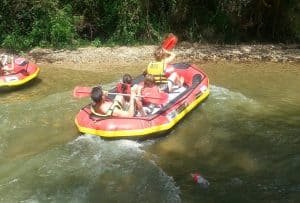
It later becomes the city that King Jeroboam decided to turn into the capital of his northern Kingdom of Israel, building there a temple for the Israelites to worship at.
The most important archeological inscribing in Israel was found here and this is also the site of the second most ancient Canaanites gate in the world.
The nature reserve here protects the Dan stream, which is also the main source of water to the Sea of Galilee, providing about 90% of the waters of the upper Jordan River and allowing us to more fully enjoy nature – God’s greatest gift. This gives the opportunity to follow many, different hike routes involving water and it’s even possible to take a dip in a nice, small pond.
After having lunch at the outstanding restaurant of Dag Al Hadan (or traditional Druze lunch) we will pass through several Druze villages built on the Golan Heights and visit one, learning more about their 
The highlight of the day will be our 4-wheel drive close to the north Border and we’ll enjoy also the beauties that can not reach with a regular vehicle, the fun of the off road and we’ll learn about the geopolitical relations with our neighbors and the situation in Syria after a long civil war there.
Arriving at mount Bental will provide us with a panoramic view of the Valley of Tears and Syria. From this viewpoint, we will observe the 1967 ceasefire line and try to comprehend the wars Israel has had to wage, including the most difficult one of all, the Yom Kippur War, delve into the reasons for our being here and finally, touch upon the importance of the Golan Heights being Israeli.
By leaving the border with Syria, we’ll start heading back to our hotel.
This fifth morning begins with a drive north through the Hula Valley, which takes us through the historic crossing of the Jordan River by way of the Daughters of Jacob Bridge, the Golan Heights’ “capital city” of Katzrin–home to the Golan Winery–a Talmudic village, and an archaeological museum.
History buffs and nature buffs will want to continue to Gamla National Park for a view of the dramatic ruins of a fortified Jewish city; this city was destroyed during the Great Revolt against the Romans (66-74CE.).
We’ll cross back into the Galilee Mountains to spend the afternoon in Tzfat (Safed)–one of the four holy cities in Israel and the home of Lurian mysticism, a branch of Jewish mysticism conceived by the 16th Century Rabbi Isaac Luria (the traditional author of the seminal mystic work, the Zohar). In Tzfat, we’ll take a stroll along the lanes of the Old City and see its many synagogues, as well as its unique artist’s colony.
Leaving the sea of Galilee behind us, we’ll pass through the Valley of the Jordan, our first stop here will be at the archeological city of Beit She’an. Located to the south of the pivotal Sea of Galilee, there is no question regarding the importance of the city, which also constitutes what is probably the most unique national park in Israel. The city was the capital of the Roman Decapolis, mentioned in the Bible (the Old and New Testaments), it was continuously inhabited and one of the main cities during the Roman and Byzantine periods.
Three millennia ago, during the battle with the Philistines, they had hung the body of King Saul from the town’s ramparts (I Sam 31:10). The archeological hill found here, with its 5000 years of history, towers majestically and still overlooks the ruins of the Roman and, later on, the Byzantine city which took shape in its shade.
We’ll wander the ancient streets of Beit She’an, taking in the undisputedly amazing columns which had been toppled in the great earthquake of 749 A.D.; the impressive theater which has been returned to use; the luxurious bathhouse which has been reconstructed in order to show spectators the way pastime had been spent in times gone by and which later housed a baptistery; and the churches which had graced the city’s suburbs. The surrounding fertile countryside, including the Valley of Jezreel and the mountains of Gilboa and Gilad, is still worthy of the epithet given to it in olden days: “The gateway to the Garden of Eden”
We will continue by Mount Gilboa is part of the lower Galilee’s eastern passageway between the Jezreel Valley, Israel’s breadbasket, and the famous Jordan Valley. One of the Galilee’s most scenic regions,
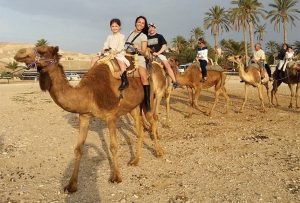
this 500-meter-high ridge is also the site where King Saul, along with his sons Jonathan, Abinadav and Malkishua had been slain during a battle with the Philistines (I Sam 31:2-7). This touching story is commemorated in the names of some of the communities and peaks along this 18-kilometer-long mountainous stretch.
Our next station will be the Beit Alpha’s synagogue, with its stunning mosaic floor which was discovered during the paving of a road for the people of this kibbutz. Here, we’ll enjoy an audio-visual performance which will take us back to the period of time when the synagogue was being built and help us observe the different mosaic composing styles, as well as how daily life was being led back in the old days.
At Gan HaShlosha also known as the “sahne” (the Garden of Three) we will spend a wonderfully relaxing afternoon bathing in one of the most celebrated natural spring spas in Israel, with a fixed temperature of 28 Celsius degrees and which has been dubbed one of the ten most beautiful gardens in the world by Times magazine.
In the afternoon, we will start our way up to the holy city of Jerusalem.
Our next two days will be dedicated to Jerusalem.
Day one will begin at the Mount of Olives. From that mountaintop, we’ll take in a panoramic view of the Old City and an ancient Jewish cemetery–imagery that will surely be marked in your mind forever.
From there we will go down the slope of the Mount in order to begin our tour of the Old City.
We will start with a walk around the Old City walls (the Ramparts Walk); this walkway is found on top of the Old City walls and offers a unique, panoramic view of the Old City and its surroundings.
Continuing with our tour, we’ll visit the Western Wall (the Wailing Wall or the Kotel), Judaism’s most sacred site. [See Bar Mitzvahs (on Mondays and Thursdays).]
From there we’ll continue to the Western Wall Tunnels that help familiarize us with the way of life in the time of the Temple, as well as help us to understand the delicate situation between the state of Israel and the Arabs of the city.
Following that will be a trip to the Southern Wall Excavations (Davidson Center) that will continue on to Mount Zion with a visit to King David’s Tomb, a site of Jewish pilgrimage ever since the Middle Ages.
Our second day will start in the Jewish Quarter, which will open up to us all of its treasures.
During our wandering within the quarter we will see the four, old, Sephardic synagogues, the Jewish Cardo, the Herodian Mansions, the Broad Wall, and the Burnt House–with its captivating audiovisual presentation.
The second part of our day will start with a drive through the New City where we’ll view old and new neighborhoods. The Knesset (The Israeli Parliament – open for visits on Sundays and Thursdays only), the Prime Minister hill, and the beautifully designed Supreme Court building, which extends all the way up to Yad Vashem – the official state Holocaust Memorial Museum state for the 6 million Jews that were murdered by the Nazis and their assistants.
At the nearby Israel Museum we’ll discover, among many other fascinating exhibits, the mysteries of the Dead Sea Scrolls at the Shrine of the Book, in addition to seeing the model of Jerusalem during the Second Temple period.
We will finish the day with a stroll through the ultra-Orthodox neighborhood of Me’ah She’arim, letting us witness and understand how the locals there live their lives. From there, we’ll continue along the pedestrian malls of Ben Yehuda St. and Nahlaot – a renovated area of shops, galleries, and cafes.
The heroic story of the fighters who took part in the great rebellion, followed by a visit to the luxurious resort area of the lowest place on earth, the Dead Sea.
We will depart from Tel Aviv via the Judean mountains and Jerusalem to the Dead Sea region and as we do, we’ll be passing near the Qumran caves where the renowned Dead Sea Scrolls were found and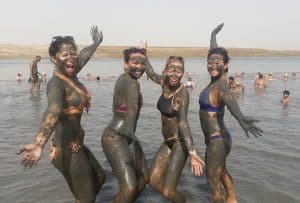
this is the main source of water for this region. Also can be found the Biblical stories come to life for us.
From amidst the desert landscapes, the tabletop mountain of Masada will be revealed to our eyes. Combining the wonders of nature with the magnificence of human architecture in the form of the fortress built upon the mountain top by King Herod the Great.
Ascending to the fort by cable car (or by walking if you prefer and time permits it) we will get to explore the last stronghold of the Zealots who defied the mighty Roman Empire and who made their last stand against the Romans at this fortified castle.
Here, we will get to view the remains from these exciting times. We’ll be including the walls, the palaces, the ancient Synagogue (oldest known one in the world), the water cisterns, the mosaic floors, Herod’s private Roman bath and many additional findings.
These fascinating antiques are part of why Masada is the State of Israel’s number one archeological site and the national park with the highest number of visitors.
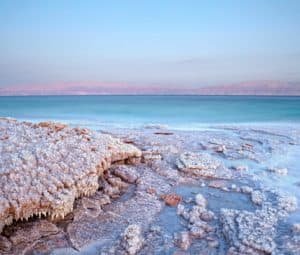
Dead Sea coastline. Israel
After lunch, we will continue to the Dead Sea beach and spa area. Here, we will be enjoying the singular experience of floating on the Dead Sea waters with their unique therapeutic effects.
Following an exciting and full day of travel, we will start heading back toward Jerusalem.
Some important notes for this tour:
please bring with you for this day,
To see what other tourists have thought of me as their guide, please have a look at The Testimonials Page.
You can also read some more About Me.
For any question, request or a thought please Contact Me.

